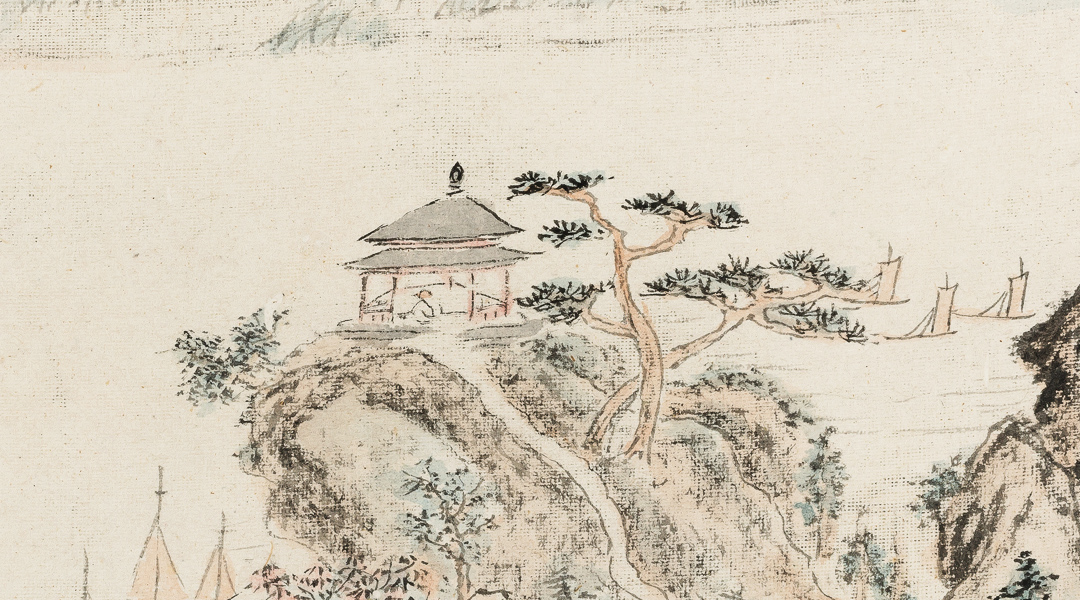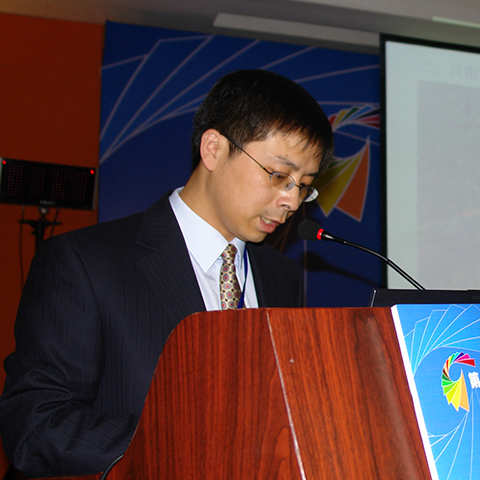
to top



Fellowship Project
Mr. Rong Bo spent five months at the Freer Gallery of Art & Arthur M. Sackler Gallery in Washington D.C., U.S.A., where he conducted scientific research on the binding media in the polychrome layers of the excavated Terracotta Army. He also engaged in exchange with conservators and scientists on the conservation techniques used to preserve the excavated polychrome terracotta sculptures.
Biography
Mr. Rong Bo is Deputy Manager of the Department of Archeology at Emperor Qinshihuang’s Mausoleum Site Museum of China. He is also a third-grade Researcher, Deputy Director of the key scientific research base of the National Cultural Heritage Administration for the Preservation of Painted Ceramic Relics, and a part-time supervisor of Master students in Northwest University and other universities. He has made several visits to the Technical University of Munich, Germany, collaborating with the university on the research of Terracotta paint conservation techniques. He was also a senior visiting scholar at Wright University in the U.S.A. (2013-2015) and a Getty Foundation visiting scholar (2018). For many years, Mr. Rong has specialised in the conservation and restoration of the excavated sculptures of the Terracotta Army. His research in recent years focuses on the conservation of the excavated ancient polychrome terracotta sculpture and the production techniques of the polychrome Terracotta Army.
Mr. Rong has long been engaged in research on conserving and protecting the painted Terracotta Warriors unearthed in the second chamber, painted pottery figurines unearthed in the Yang Mausoleum of Han, Qin mausoleum figurines, civil servant figurines, bronze waterfowls, painted brick sculptures of the Qin King’s Mausoleum in Baoji, painted stone statues in the Beilin Museum, and painted pottery figurines unearthed in the Han tombs in Xiangshan, Shandong.
Mr. Rong now owns 8 national technological invention patents. He has won 2 National Science and Technology Progress Awards, 4 Shaanxi Science and Technology Awards, 2 Science and Technology Innovation Awards from the National Cultural Heritage Administration and was selected in 2014 as a “National Cultural Heritage Administration Outstanding Youth for Cultural Relics Protection”.
Recent Development and Achievement
In recent years, Mr. Rong Bo and his team have been awarded the “National Science and Technology Progress Award” for their research on the use of “menthol” in the restoration and protection of cultural relics. He has been interviewed several times on behalf of Emperor Qinshihuang’s Mausoleum Site Museum of China to introduce the discovery and use of this technology.
In addition to research projects, Mr. Rong was also invited to participate in several archaeological and restoration conferences. In 2017, a report titled “Extraction Cases of Fragile Remains Unearthed from the Cemetery of Qin Shihuang” was published at the “Conference on New Technologies for Extraction and Protection of Unearthed Remains at Archaeological Sites”. In 2019, he gave a lecture on “Scientific Research and Protection of Terracotta Warriors and Horses of the Qin Dynasty” at the Ancient Ceramics and Industrial Ceramics Research Center of the Chinese Academy of Sciences.
In 2020, he gave lectures to government officials, management leaders, teachers and students in numerous schools on topics including “World Cultural Heritage Site – The Important Development Journey of the Protection and Management of Terracotta Warriors and Horses” and “The Protection and Management of the Mausoleum of Qin Shihuang and Terracotta Warriors and Horses”.
In addition to lectures, Mr. Rong also participated in various educational activities, such as being invited to deconstruct the historical story of Qin Shi Huang’s terracotta warriors and horses to the audience on Hunan Satellite TV’s program “We Are Here” and participating in educational activities themed “Excellent Historical Culture Entering Campus” organized by the Qin Shi Huang Emperor’s Mausoleum.
Selected Publication(s)